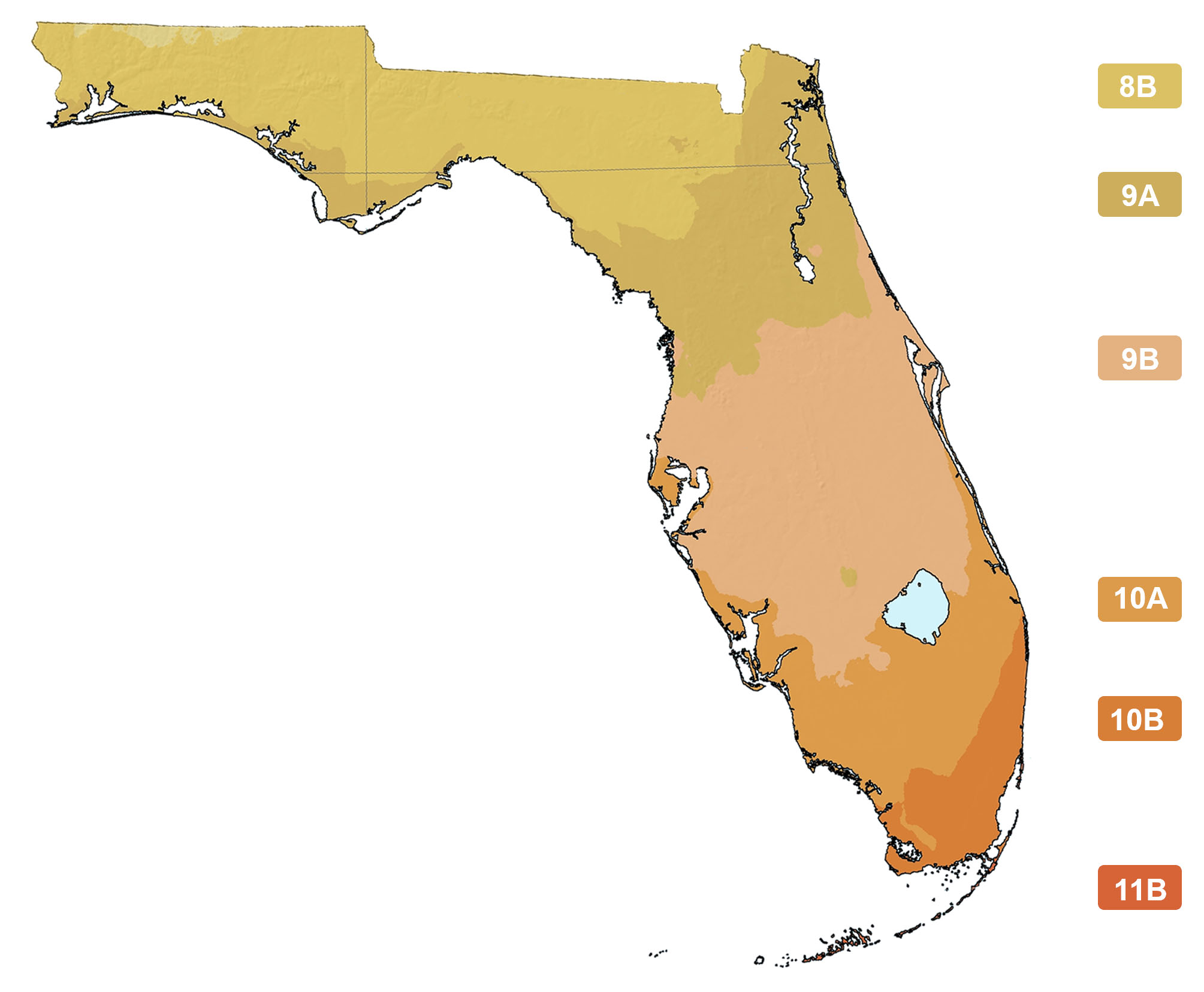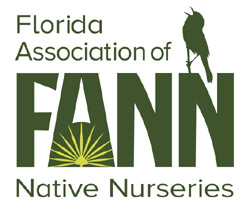Chasmanthium latifolium
Photographs belong to the photographers who allow use for FNPS purposes only. Please contact the photographer for all other uses.
Indian Woodoats, Spikegrass
Poaceae (Gramineae)
Plant Specifics
| Form: | Grass | |
| Size: | 2-4 ft | |
| Life Span: | Short-lived perennial | |
| Flower Color: | Green | |
| Fruit Color: | Brown | |
| Phenology: | Winter dormant | |
| Noted for: | Showy fruits |
Landscaping
| Recommended Uses: | Groundcover or border plant in shady areas. | ||||||||||||||||||||||||||||||||||||||||||
| Considerations: | It reseeds easily and can expand aggressively. | ||||||||||||||||||||||||||||||||||||||||||
| Propagation: | Seed. | ||||||||||||||||||||||||||||||||||||||||||
| Availability: | Native nurseries, Seed | ||||||||||||||||||||||||||||||||||||||||||
| Light: | Part Shade, Shade | ||||||||||||||||||||||||||||||||||||||||||
| Moisture Tolerance: |
always floodedextremely dry |
||||||||||||||||||||||||||||||||||||||||||
| (Usually moist, occasional inundation ----- to ----- Not wet but not extremely dry) | |||||||||||||||||||||||||||||||||||||||||||
| Moisture Tolerance: | Usually moist, occasional inundation ----- to ----- Not wet but not extremely dry | ||||||||||||||||||||||||||||||||||||||||||
| Salt Water Flooding Tolerance: | Not salt tolerant of inundation by salty or brackish water. | ||||||||||||||||||||||||||||||||||||||||||
| Salt Spray/ Salty Soil Tolerance: | Low/no tolerance of salty wind or direct salt spray | ||||||||||||||||||||||||||||||||||||||||||
| Soil or other substrate: | Loam, Sand | ||||||||||||||||||||||||||||||||||||||||||
| Soil pH: | Neutral to slightly acidic | ||||||||||||||||||||||||||||||||||||||||||
Ecology
| Wildlife: |
Birds and other wildlife consume seed. | |
| Insects: | Larval host for pepper and salt skipper (Amblyscirtes hegon), common roadside skipper (Amblyscirtes vialis), and Bell's roadside skipper (Amblyscirtes belli). Possible host for Carolina satyr (Hermeuptychia sosybius). | |
| Native Habitats: | Dry-moist sites. Bluffs, floodplains, wet hammocks. |
Distribution and Planting Zones
Natural Range in Florida
USDA Zones
Suitable to grow in:
8A 8B

USDA zones are based on minimum winter temperatures
Comments
| Ethnobotany: | Seed stalks are attractive in flower arrangements. |



